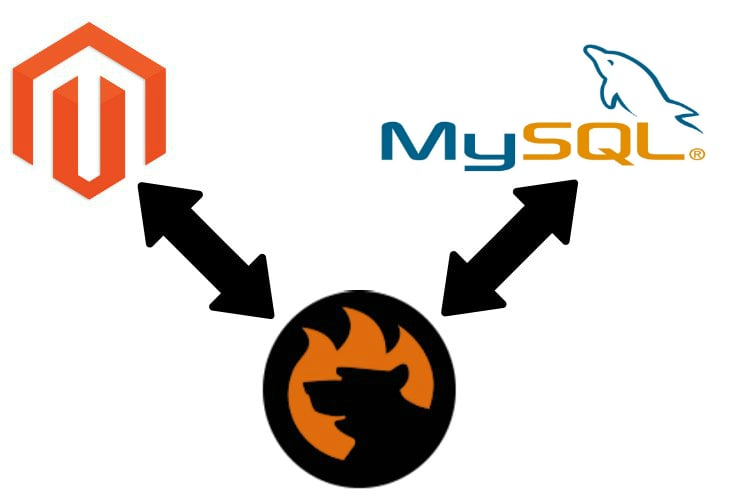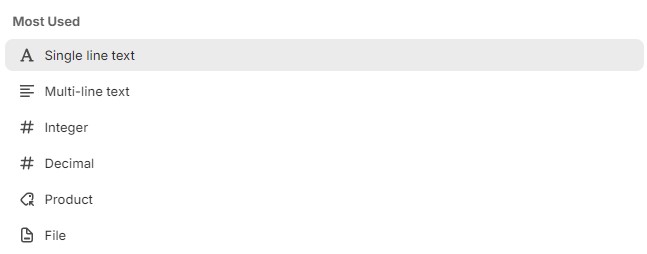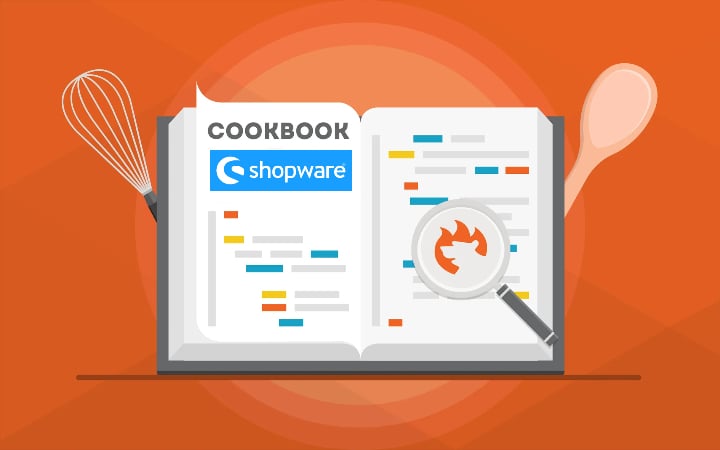Magento 2 Import: Field Separator & Multiple Value Separator

From the very beginning of our history, data transfers with all their aspects and related processes have been the main focus of our company. We’ve explored lots of topics that describe Magento 2 import and export. Along with that, we’ve expanded our interest to other areas of Magento 2 and went far beyond the ecosystem. However, in the following article, you will find several basic nuances of moving information to your e-commerce website.
Below, we continue exploring Magento 2 import and export processes and explain their two components: field separator and multiple-value separator. What is the purpose of both? What separator types are supported? Are there any alternatives? You will find the answers below.
The following blog post touches upon the topic of different separator types that you can use in Magento 2. After that, we proceed to a guide on how to configure a multiple-value separator in Magento 2. Also, you will find out what to do with field separators in your data files. Various multiple value separator and field separator improvements associated with the Improved Import & Export extension are also mentioned in the article below.
Continue Reading







